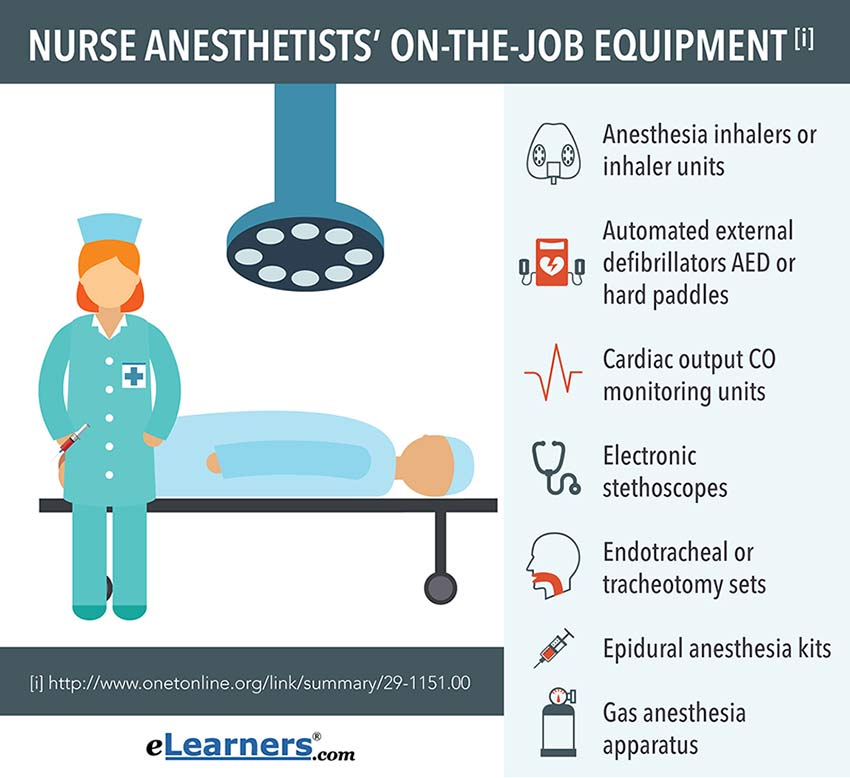

To specialise in anaesthetics, doctors can apply to the Australian and New Zealand College of Anaesthetists (ANZCA) to undertake further training and ultimately receive fellowship.Īnaesthetists are on the new Medium and Long-Term Strategic Skills List. Good hand-eye coordination with a good eye for detailĪn anaesthesia job could be the right fit for you.Have a good understanding of physiology and pharmacology.Think quickly and methodically under pressure.What Makes a Good Anaesthetist?Īdministration of anaesthetic drugs requires precision and accuracy. Around a third work in private settings, a third in public and a third in a mixture of the two. Anaesthetists have a vast choice in the type of work they do and where. The payoff is an exciting, in-demand career and the reward of helping people at a critical time in their lives. Many anesthesiologists work long hours, requiring stamina, and night, weekend, or on-call duties are often part of the job. The average annual salary for anaesthesia jobs in Australia are $140,000-$180,000 depending on the employing organisation, location and experience of the anaesthetist. Most anesthesiologists work in a hospital or surgical clinic. What’s the Average Salary of an Anaesthetist in Australia? Working Hours of an Anaesthetist in AustraliaĪverage hours worked in anaesthesia jobs are 44 hours per week and most anaesthetists are involved in after-hours work, however they have greater opportunity than most specialists to arrange to work flexible hours or part-time. Some state being part of a team is the most rewarding aspect, working alongside doctors, nurses and technicians. They also enjoy challenging procedures and the ability to immediately see the effects of intervention. Health professionals currently working in anaesthesia jobs in Australia state they enjoy the varied work. Why work as an Anaesthetist in Australia? The work environment is typically in a hospital, public or private, however on occasion an anaesthetist may be part of an onsite trauma team or care for a patient during transport.Īnaesthetists are also involved in acute pain services which are accessible through most public hospitals in Australia.Īnaesthetists are involved in different types of theatre lists including orthopaedic, vascular, gynaecological, dental and general. The majority of intensivists are anaesthetists because of their specialised knowledge of ventilators and pharmacology. When you work as an anesthesiologist for AASs outpatient surgery centers, your.

At the end of the operation, the anaesthetist is responsible for overseeing the recovery of patients.Īpart from scheduled lists, those working in anaesthesia are often on call and work with trauma teams, as well as emergency lists and in ICU for patients who require a medically induced state of unconsciousness. AAS has competitive wage compensation for a work-life balance. During procedures the anaesthetist is responsible for measuring and monitoring heart rate, blood pressure and oxygen saturation. Once the theatre has been set-up and the anaesthetic machine checked, the theatre list can commence.


 0 kommentar(er)
0 kommentar(er)
